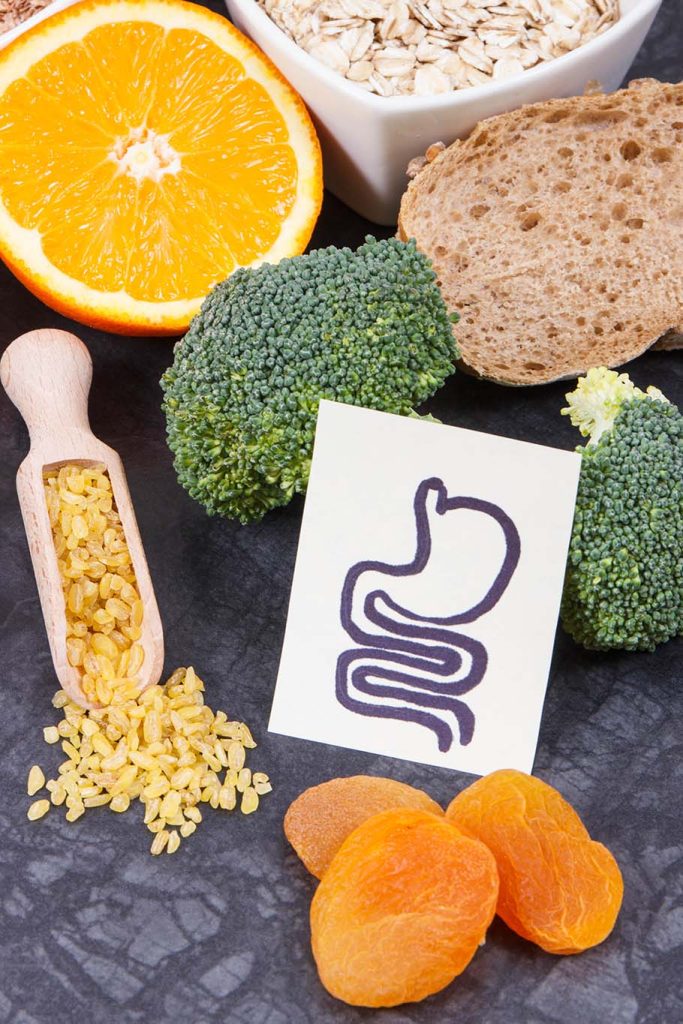
Have you ever heard of diverticulosis? It’s a prevalent but often misunderstood digestive condition that affects millions of people worldwide. Let’s take a closer look at what diverticulosis is, its causes, symptoms, and how it can be managed. Dr. Ripley, our general surgeon, can help manage this issue right here in Kanab. You can call our clinic, KCH Specialty Group, to schedule an appointment by calling 435-644-4115.
What is Diverticulosis?
Diverticulosis is a condition characterized by the formation of small pouches (called diverticula) in the lining of the colon, particularly in the lower part of the large intestine. These pouches develop when weak spots in the colon wall balloon outwards, creating small pockets that can become inflamed or infected.
Causes and Risk Factors
The exact cause of diverticulosis is not fully understood, but it is believed to be related to a combination of factors, including:
- Low-fiber diet: A diet low in fiber can lead to constipation and increased pressure in the colon, contributing to the development of diverticula.
- Age: Diverticulosis becomes more common with age, with the risk increasing significantly after the age of 40.
- Genetics: There may be a genetic component to diverticulosis, as it tends to run in families.
- Lifestyle factors: Certain lifestyle habits, such as smoking, obesity, and lack of exercise, may increase the risk of developing diverticulosis.
Symptoms
Many people with diverticulosis do not experience any symptoms and may not even be aware they have the condition. However, some individuals may experience:
- Abdominal pain: Usually in the lower left side of the abdomen, which can range from mild discomfort to severe cramping.
- Changes in bowel habits: Including constipation, diarrhea, or alternating between the two.
- Bloating and gas: Excess gas production and bloating may occur, particularly after meals.
- Rectal bleeding: In some cases, diverticula may bleed, leading to bright red blood in the stool.
Diagnosis and Treatment
Diverticulosis is often diagnosed incidentally during screening tests or diagnostic imaging studies, such as a colonoscopy or CT scan. In most cases, treatment focuses on managing symptoms and preventing complications. This may include:
- High-fiber diet: Increasing dietary fiber intake can help soften stool and prevent constipation, reducing pressure in the colon.
- Hydration: Drinking plenty of fluids, particularly water, can help keep stool soft and prevent constipation.
- Medications: Over-the-counter pain relievers, fiber supplements, and prescription medications may be recommended to manage symptoms such as pain and discomfort.
- Lifestyle changes: Quitting smoking, maintaining a healthy weight, and exercising regularly can help reduce the risk of diverticulosis complications.
Final Thoughts
While diverticulosis is a common condition, most people with the condition can manage symptoms effectively with lifestyle modifications and dietary changes. However, it’s essential to consult a healthcare provider if you experience persistent abdominal pain, changes in bowel habits, or rectal bleeding, as these may indicate more serious complications requiring medical attention. With proper management, individuals with diverticulosis can lead healthy, active lives.

